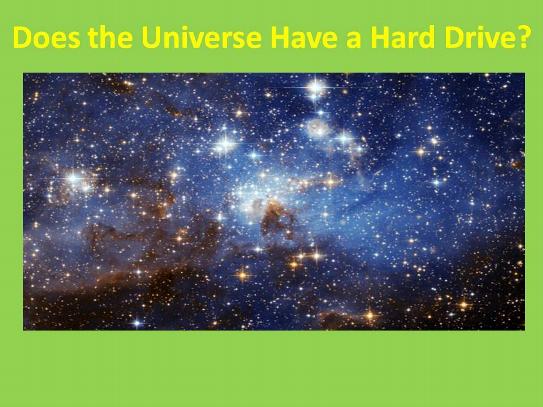To achieve interstellar travel, the Kline Directive instructs us to be bold, to explore what others have not, to seek what others will not, to change what others dare not. To extend the boundaries of our knowledge, to advocate new methods, techniques and research, to sponsor change not status quo, on 5 fronts, Legal Standing, Safety Awareness, Economic Viability, Theoretical-Empirical Relationships, and Technological Feasibility.
In this post I discuss the second of three concepts, that if implemented should speed up the rate of innovation and discovery so that we can achieve interstellar travel within a time frame of decades, not centuries. Okay, I must remind you that this will probably upset some physicists.
One of the findings of my 12-year study was that gravitational acceleration was independent of the internal structure of a particle, therefore, the elegantly simple formula, g=τc2, for gravitational acceleration. This raised the question, what is the internal structure of a particle? For ‘normal’ matter, the Standard Model suggests that protons and neutrons consist of quarks, or other mass based particles. Electrons and photons are thought to be elementary.
I had a thought, a test for mass as the gravitational source. If ionized matter showed the same gravitational acceleration effects as non-ionized matter, then one could conclude that mass is the source of gravitational acceleration, not quark interaction; because the different ionizations would have different electron mass but the same quark interaction. This would be a difficult test to do correctly because the electric field effects are much greater than gravitational effects.
One could ask, what is the internal structure of a photon? The correct answer is that no one knows. Here is why. In electromagnetism, radio antenna’s specifically, the energy inside the hollow antenna is zero. However, in quantum theory, specifically the nanowire for light photons, the energy inside the nanowire increases towards the center of the nanowire. I’m not going to provide any references as I not criticizing any specific researcher. So which is it?
One could ask the question, at what wavelength does this energy distribution change, from zero (for radio waves) to an increase (for light photons)? Again, this is another example of the mathematics of physics providing correct answers while being inconsistent. So we don’t know.
To investigate further, I borrowed a proposal from two German physicists, I. V. Drozdov and A. A. Stahlhofen, (How long is a photon?) who had suggested that a photon was about half a wavelength long. I thought, why stop there? What if it was an infinitely thin slice? Wait. What was that? An infinitely thin slice! That would be consistent with Einstein’s Special Theory of Relativity! That means if the photon is indeed an infinitely thin pulse, why do we observe the wave function that is inconsistent with Special Theory of Relativity? That anything traveling at the velocity of light must have a thickness of zero, as dictated by the Lorentz-Fitzgerald transformations.
The only consistent answer I could come up with was that the wave function was the photon’s effect or the photon’s disturbance on spacetime, and not the photon itself.
Here is an analogy. Take a garden rake, turn it upside down and place it under a carpet. Move it. What do you see? The carpet exhibits an envelope like wave function that appears to be moving in the direction the garden rake is moving. But the envelope is not moving. It is a bulge that shows up wherever the garden rake is. The rake is moving but not the envelope.
Similarly, the wave function is not moving and therefore spreads across the spacetime where the photon is. Now both are consistent with Einstein’s Special Theory of Relativity. Then why is the Standard Model successful? It is so because just as the bulge is unique to the shape of the garden rake, so are the photon’s and other particles’ wave function disturbances of spacetime are unique to the properties of the photon & respective particles.
In my book, this proposed consistency with Special Theory of Relativity points to the existence of subspace, and a means to achieve interstellar travel.
There are a lot of inconsistencies in our physical theories, and we need to start addressing these inconsistencies if we are to achieve interstellar travel sooner rather than later.
Previous post in the Kline Directive series.
Next post in the Kline Directive series.
—————————————————————————————————
Benjamin T Solomon is the author & principal investigator of the 12-year study into the theoretical & technological feasibility of gravitation modification, titled An Introduction to Gravity Modification, to achieve interstellar travel in our lifetimes. For more information visit iSETI LLC, Interstellar Space Exploration Technology Initiative.
Solomon is inviting all serious participants to his LinkedIn Group Interstellar Travel & Gravity Modification.
